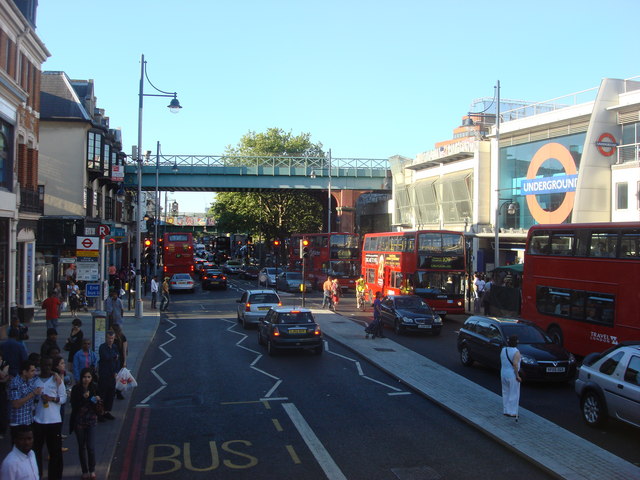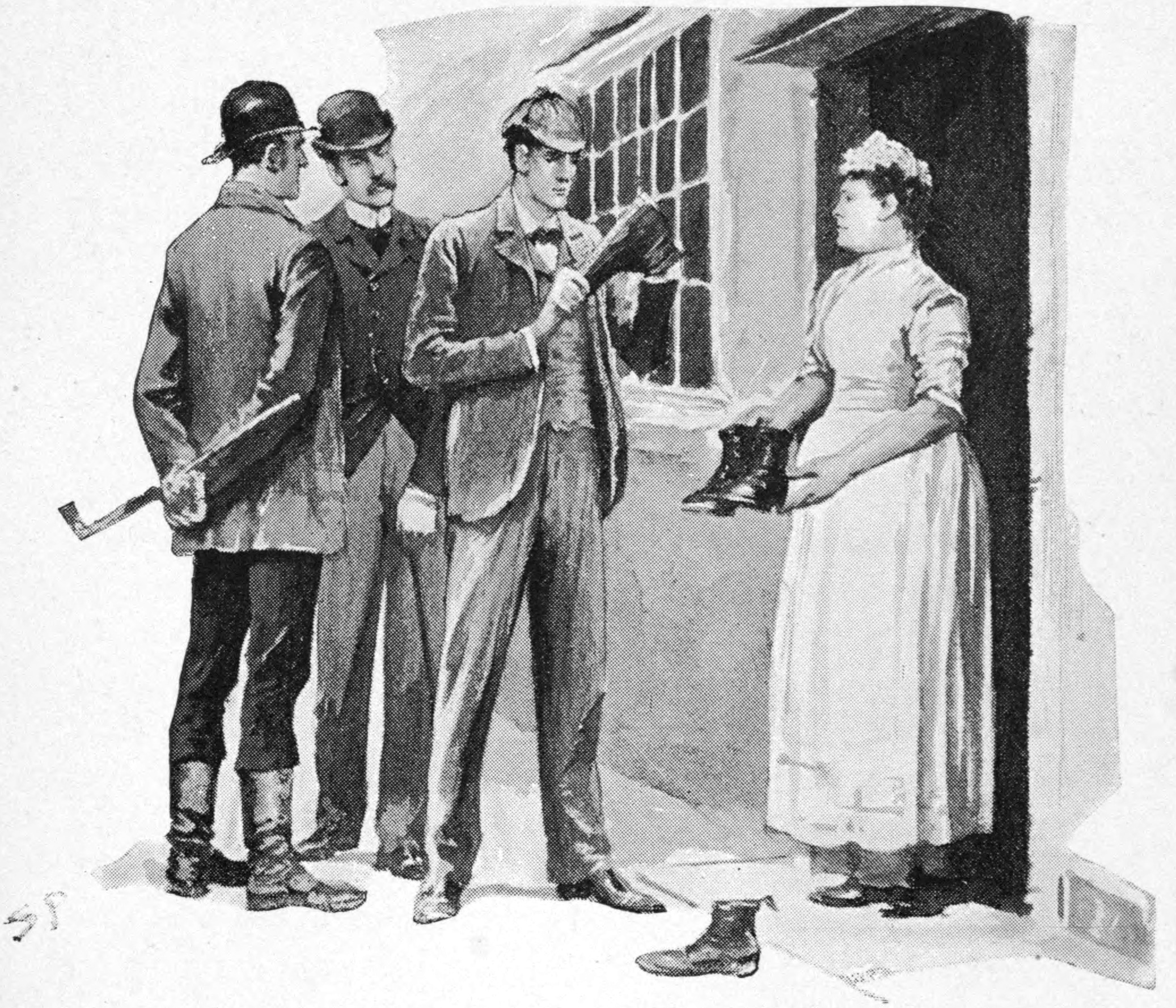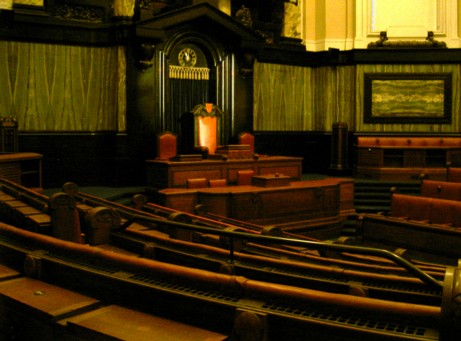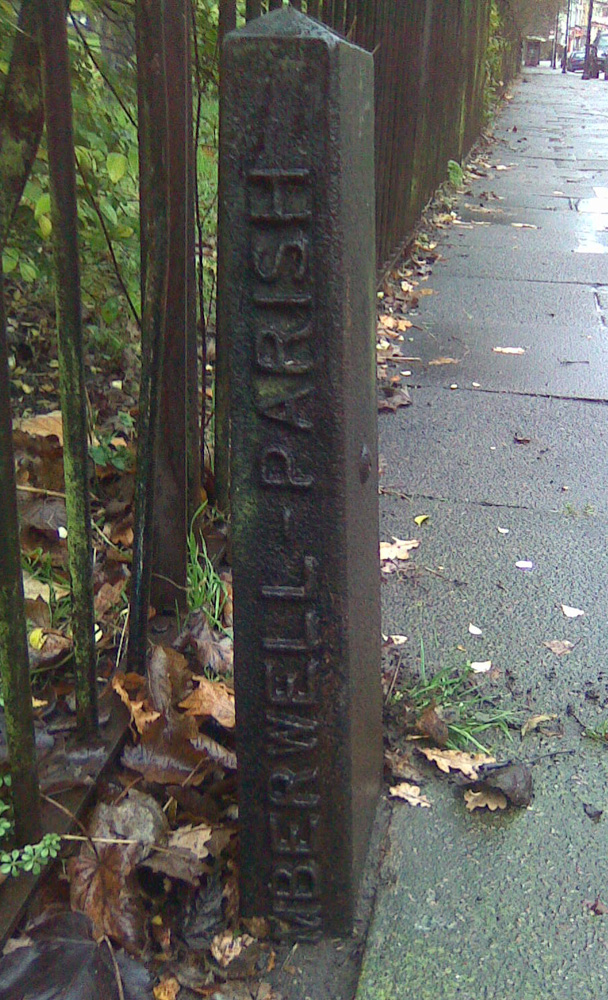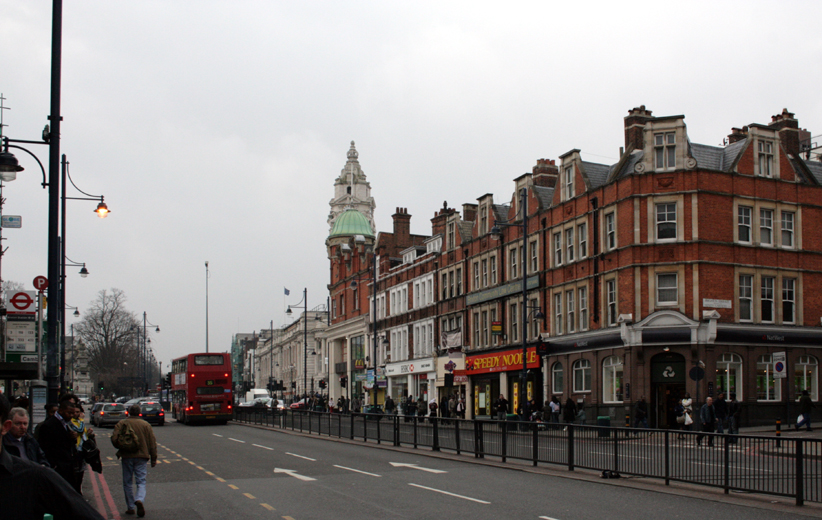|
Brixton Road
Brixton Road is a road in the London Borough of Lambeth (south London, England), leading from the Oval at Kennington to Brixton, where it forms the high street and then forks into Effra Road and Brixton Hill at St Matthew's church at the junction with Acre Lane and Coldharbour Lane. Brixton Market is located in Electric Avenue near Brixton Underground station and in a network of covered arcades adjacent to the two railway viaducts. The market arcades were declared listed buildings in 2009 following controversial proposals by Lambeth Council to replace them with a large US-style mall. The former "Brixton Oval" is at the southern end with Lambeth Town Hall, the Ritzy Cinema, the Brixton Tate Library (with a statue of Henry Tate outside) and St Matthew's church. The space was renamed Windrush Square in 2010, in honour of the area's early Caribbean migrants and the , which in 1948 brought 492 passengers from Jamaica to London.David Kynaston, ''Austerity Britain 1945–1951'', L ... [...More Info...] [...Related Items...] OR: [Wikipedia] [Google] [Baidu] |
Brixton High Street
Brixton is an area of South London, part of the London Borough of Lambeth, England. The area is identified in the London Plan as one of 35 major centres in Greater London. Brixton experienced a rapid rise in population during the 19th century as communications with central London improved. Brixton is mainly residential, though includes Brixton Market and a substantial retail sector. It is a multi-ethnic community, with a large percentage of its population of British African-Caribbean community, Afro-Caribbean descent. It lies within Inner London and is bordered by Stockwell, Clapham, Streatham, Camberwell, Tulse Hill, Balham and Herne Hill. The district houses the main offices of Lambeth London Borough Council. Brixton is south-southeast from the geographical centre of London (measuring to a point near Brixton tube station, Brixton Underground station on the Victoria line). History Toponymy The name Brixton is thought to originate from , meaning the stone of Brixi, a Saxo ... [...More Info...] [...Related Items...] OR: [Wikipedia] [Google] [Baidu] |
Windrush Square
Windrush Square (often referred to by its original name, Brixton Oval) is an open public space in the centre of Brixton, South London, occupying an area in front of the Brixton Tate Library. After changing its name to Tate Gardens, it was again retitled and given its current moniker in 1998. The square was renamed to recognise the important contribution of the African Caribbean community to the area, marking the 50th anniversary of the arrival of the HMT ''Empire Windrush''. It was the ''Windrush'' that in 1948 brought to the United Kingdom from Jamaica Jamaica is an island country in the Caribbean Sea and the West Indies. At , it is the third-largest island—after Cuba and Hispaniola—of the Greater Antilles and the Caribbean. Jamaica lies about south of Cuba, west of Hispaniola (the is ... the largest group thus far of post-war West Indian migrants (over 800 declared their last residence in the Caribbean [...More Info...] [...Related Items...] OR: [Wikipedia] [Google] [Baidu] |
A Study In Scarlet
''A Study in Scarlet'' is an 1887 Detective fiction, detective novel by British writer Arthur Conan Doyle. The story marks the first appearance of Sherlock Holmes and Dr. Watson, who would go on to become one of the most well-known detective duos in literature. The book's title derives from a speech given by Holmes, a consulting detective, to his friend and chronicler Watson on the nature of his work, in which he describes the story's murder investigation as his "study in scarlet": "There's the scarlet thread of murder running through the colourless skein of life, and our duty is to unravel it, and isolate it, and expose every inch of it." The story, and its main characters, attracted little public interest when it first appeared. Eleven complete copies of the magazine in which the story first appeared, ''Beeton's Christmas Annual'' for 1887, are known to exist now, which have considerable value. Although Conan Doyle wrote 56 short stories featuring Holmes, ''A Study in Scar ... [...More Info...] [...Related Items...] OR: [Wikipedia] [Google] [Baidu] |
Detective Fiction
Detective fiction is a subgenre of crime fiction and mystery fiction in which an criminal investigation, investigator or a detective—whether professional, amateur or retired—investigates a crime, often murder. The detective genre began around the same time as speculative fiction and other genre fiction in the mid-nineteenth century and has remained extremely popular, particularly in novels. Some of the most famous heroes of detective fiction include C. Auguste Dupin, Sherlock Holmes, Kogoro Akechi, Miss Marple and Hercule Poirot. Juvenile stories featuring The Hardy Boys, Nancy Drew, and The Boxcar Children have also remained in print for several decades. History Ancient Some scholars, such as R. H. Pfeiffer, have suggested that certain ancient and religious texts bear similarities to what would later be called detective fiction. In the Old Testament story of Susanna (Book of Daniel: 13), Susanna and the Elders (the Protestant Bible locates this story within the apocrypha), t ... [...More Info...] [...Related Items...] OR: [Wikipedia] [Google] [Baidu] |
Brixton Road From Acre Lane, Winter 1883
Brixton is an area of South London, part of the London Borough of Lambeth, England. The area is identified in the London Plan as one of 35 major centres in Greater London. Brixton experienced a rapid rise in population during the 19th century as communications with central London improved. Brixton is mainly residential, though includes Brixton Market and a substantial retail sector. It is a multi-ethnic community, with a large percentage of its population of Afro-Caribbean descent. It lies within Inner London and is bordered by Stockwell, Clapham, Streatham, Camberwell, Tulse Hill, Balham and Herne Hill. The district houses the main offices of Lambeth London Borough Council. Brixton is south-southeast from the geographical centre of London (measuring to a point near Brixton Underground station on the Victoria line). History Toponymy The name Brixton is thought to originate from , meaning the stone of Brixi, a Saxon lord. Brixi is thought to have erected a boundary stone ... [...More Info...] [...Related Items...] OR: [Wikipedia] [Google] [Baidu] |
A23 Road
The A23 road is a major road in the United Kingdom between London and Brighton, East Sussex, England. It is managed by Transport for London for the section inside the Greater London boundary, Surrey County Council and West Sussex County Council for the section shadowed by the M23 motorway, National Highways (as a trunk road) between the M23 and Patcham, and by Brighton and Hove Council from the A27 to the centre of Brighton. The road has been a major route for centuries, and seen numerous upgrades, bypasses and diversions. Route The A23 begins near Lambeth North tube station. Formerly, it started as ''Westminster Bridge Road'' near Waterloo station, but this is now part of the A302. Almost immediately it turns south; the straightness of much of the heading south shows its Roman origins. The road becomes: * Kennington Road: long; near Kennington Park it joins the A3 (''Kennington Park Road''), but soon bears south again, becoming in turn over the next : * Bri ... [...More Info...] [...Related Items...] OR: [Wikipedia] [Google] [Baidu] |
Greater London Council
The Greater London Council (GLC) was the top-tier local government administrative body for Greater London from 1965 to 1986. It replaced the earlier London County Council (LCC) which had covered a much smaller area. The GLC was dissolved in 1986 by the Local Government Act 1985 and its powers were devolved to the London boroughs and other entities. A new administrative body, known as the Greater London Authority (GLA), was established in 2000. Background In 1957 a Royal Commission on Local Government in Greater London had been set up under Edwin Herbert, Baron Tangley, Sir Edwin Herbert to consider the local government arrangements in the London area. It reported in 1960, recommending the creation of 52 new London boroughs as the basis for local government. It further recommended that the LCC be replaced by a weaker strategic authority, with responsibility for public transport, road schemes, housing development and regeneration. The Greater London Group, a research centre of ac ... [...More Info...] [...Related Items...] OR: [Wikipedia] [Google] [Baidu] |
Regency Architecture
Regency architecture encompasses classical buildings built in the United Kingdom during the Regency era in the early 19th century when George IV was Prince Regent, and also to earlier and later buildings following the same style. The period coincides with the Biedermeier style in the German-speaking lands, Federal style in the United States and the French Empire style. Regency style is also applied to interior design and decorative arts of the period, typified by elegant furniture and vertically striped wallpaper, and to styles of clothing; for men, as typified by the dandy Beau Brummell and for women the Empire silhouette. The style is strictly the late phase of Georgian architecture, and follows closely on from the neoclassical style of the preceding years, which continued to be produced throughout the period. The Georgian period takes its name from the four Kings George of the period 1714–1830, including King George IV. The British Regency strictly lasted only from ... [...More Info...] [...Related Items...] OR: [Wikipedia] [Google] [Baidu] |
Christ Church Brixton Road
Christ Church on Brixton Road in Lambeth SW9 is an Art Nouveau and Byzantine Revival Grade II* listed building built in 1902 by Arthur Beresford Pite for his brother-in-law, Rev William Mowll. The foundation stone of the new church was laid on 13 December 1898 by Princess Helena, and the old church was demolished in 1899. The foundation stone, by Edward Johnston, was cut by Eric Gill in 1902. The church was consecrated by Edward Talbot, the Bishop of Rochester, on 5 December 1902. There is a prominent clock on the exterior of church, probably erected at the time of its construction. The outside pulpit in the south-west corner was designed by Weir, Burrows and Weir and was dedicated on 3 November 1907. The present church was built on the site of an earlier chapel, formerly the independent Holland Chapel, which was sold to Anglicans in 1835, enlarged and renamed "Christ Church" in 1855. The foundation stone of the new church hall was laid on 24 July 1897, and the building was ... [...More Info...] [...Related Items...] OR: [Wikipedia] [Google] [Baidu] |
Neo-Byzantine Architecture
Neo-Byzantine architecture (also referred to as Byzantine Revival) was a revival movement, most frequently seen in religious, institutional and public buildings. It incorporates elements of the Byzantine style associated with Eastern and Orthodox Christian architecture dating from the 5th through 11th centuries, notably that of Constantinople (present-day Istanbul) and the Exarchate of Ravenna. Neo-Byzantine architecture emerged in the 1840s in Western Europe and peaked in the last quarter of the 19th century with the Sacré-Coeur Basilica in Paris, and with monumental works in the Russian Empire, and later Bulgaria. The Neo-Byzantine school was active in Yugoslavia in the interwar period. Russian Empire Sophia Cathedral in Pushkin (1782–1788) was the earliest and isolated experiment with Byzantine treatment of otherwise neoclassical structures. In 1830s Nicholas I of Russia promoted the so-called ''Russo-Byzantine'' style of churches designed by Konstantin Thon. Nic ... [...More Info...] [...Related Items...] OR: [Wikipedia] [Google] [Baidu] |
River Effra
The River Effra is a former stream or small river in south London, England, now culverted for most of its course. Once a tributary of the River Thames, flows from the Effra were incorporated in the Victorian era into a combined sewer draining much of the historic area of Peckham and Brixton. Etymology The etymology of the name "Effra" has been much disputed. There is no evidence that it was applied to the stream before the late 18th century, and early 19th century gazetteers gave it no name.Bonner, A. "Surrey Place-names" in ''Surrey Archaeological Collections'' v XXXVII, pp.126-7 A map of 1744 refers to it as the "Shore",manor which once covered some 70 acres south of present day Coldharbour Lane and east of present day Effra Road.''Survey of London'' (1956) v.26, The Parish of St Mary Lambeth, LCC, p.137 By the 1790s the land making up the Manor of Heathrow was known as Effra Farm. There is evidence that the name was first applied to the stream at Brixton, perhaps taken from th ... [...More Info...] [...Related Items...] OR: [Wikipedia] [Google] [Baidu] |
London To Brighton Way (Roman Road)
The London to Brighton Way, also called the London to Portslade Way, is a Roman road between Stane Street (Chichester), Stane Street at Kennington Park and Brighton (or more specifically Portslade) in Sussex. The road passes through Streatham and Croydon, then through the Caterham Valley gap in the North Downs. It passes through Godstone and Felbridge, then follows an almost straight line through Ardingly, Haywards Heath, Burgess Hill and Hassocks to the South Downs at Clayton, West Sussex, Clayton. At Hassocks it crosses the Sussex Greensand Way at a large Roman cemetery. It climbs the South Downs escarpment, crossing the ridgeway and connecting with other local tracks. South of Pyecombe the route is uncertain, and may have continued to Brighton or to Portslade. The road passed through some of the strategically important iron-producing areas of the Weald and was partly constructed from iron slag in those areas, although to a lesser extent than the London to Lewes Way (Roman road ... [...More Info...] [...Related Items...] OR: [Wikipedia] [Google] [Baidu] |
